October is National Occupational Therapy Month, a time to celebrate the vital role occupational therapists (OTs) and rehabilitation assistants (RAs) play in supporting health and well-being across Northern Health. This month, we're shining a spotlight on one of our own -Amanda Waning.
Can you describe your role as an occupational therapist in your practice setting?
I work in community care in Terrace, where I have the privilege of supporting adults in their homes. My role focuses on helping clients overcome functional barriers so they can live safely and meaningfully in their own environments.
What do you enjoy most about your work?
I enjoy being invited into people’s homes and lives. Many clients approach our work together with eagerness and hope, which makes the process incredibly rewarding. Working in a smaller community like Terrace means I get to support a wide range of individuals, which keeps the work dynamic and engaging. Even after five years in this role, I’m still creatively co-planning with clients in ways that challenge and inspire me.
How do you collaborate with other healthcare professionals in your role?
Collaboration is central to community care. I work closely with nursing colleagues on end-of-life care and pressure-injury management, with the long-term care team to support aging in place for high-risk or complex case older adults, and with our home support team who provide essential daily care for an increasingly complex aging population. I also coordinate with acute care OTs and physiotherapists (PTs) to ensure smooth and supported transitions back into the community after hospitalization.
What inspired you to become an occupational therapist?
After completing my undergraduate degree, I knew I wanted to work in health care. I started as a community health worker, providing daily care to clients with spinal cord injuries through the Choice in Supports for Independent Living (CSIL) program in Kelowna and Vancouver. That experience showed me how vital skilled rehabilitation professionals, client education, and specialized equipment, are in restoring quality of life and independence after catastrophic injury. I wanted to be part of that process in a bigger way.
Occupational therapy felt like the dream job. It took me three years of applications to get into OT school, but I was determined. I eventually graduated from the University of Toronto with my Master of Occupational Therapy in 2016. I wouldn’t change a thing—I love this job and the satisfaction it brings to be a catalyst for client change.
What would you like more people to understand or appreciate about occupational therapy?
Occupational therapy is often described as supporting “the job of living,” which can be misunderstood as relating only to employment. In reality, it’s about helping people engage in the everyday tasks that bring them meaning and purpose—what we take pride in, and what keeps us going throughout injury, illness, disability, and aging.
OTs bring specialized health expertise that bridge both physical and mental health. We look at the whole person, their environment, and their routines to understand how these elements interact. Our strength lies in task analysis—breaking down daily activities to uncover barriers and build tailored, evidence-informed solutions. It’s not just about equipment or adaptations; it’s about restoring confidence, independence, and dignity, through the ordinary moments that shape a person’s life.
More information
For more information on occupational therapy please visit: What is Occupational Therapy? - CAOT



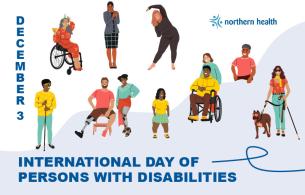
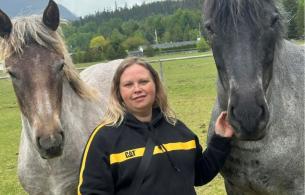


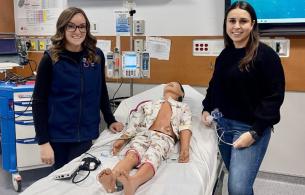


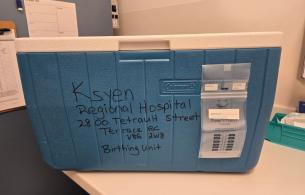


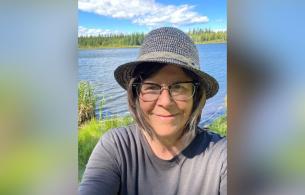
Comments